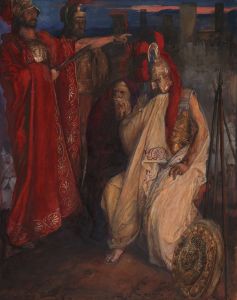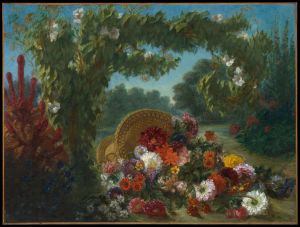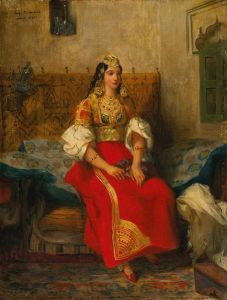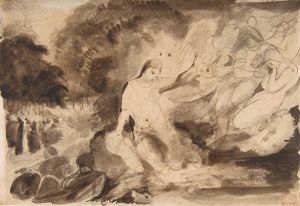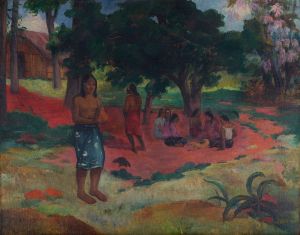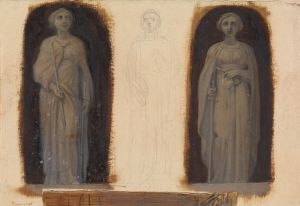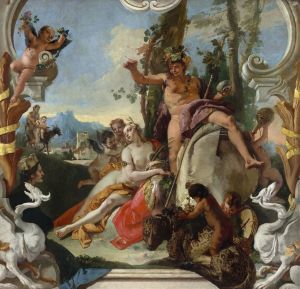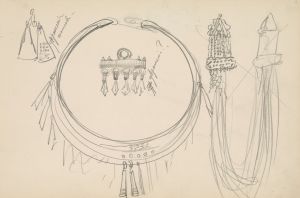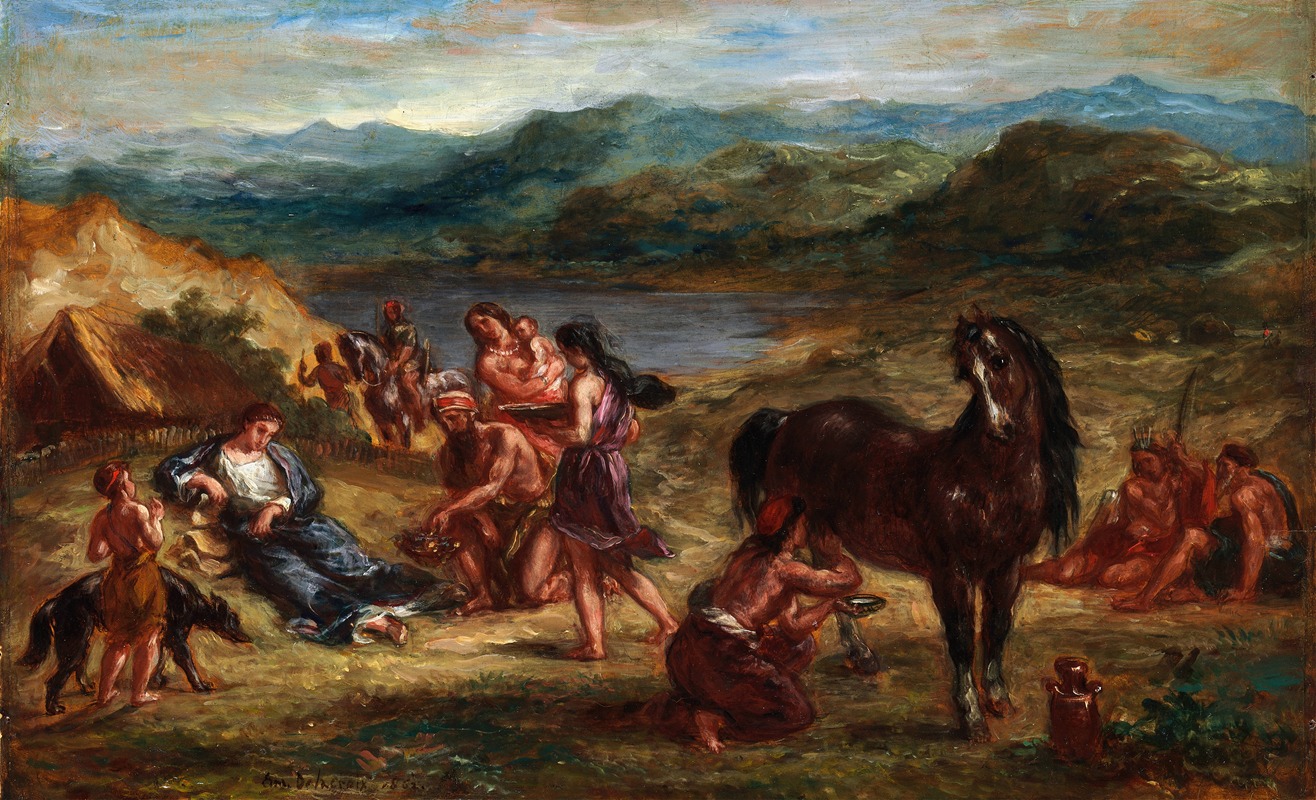
Ovid Among The Scythians
A hand-painted replica of Eugène Delacroix’s masterpiece Ovid Among The Scythians, meticulously crafted by professional artists to capture the true essence of the original. Each piece is created with museum-quality canvas and rare mineral pigments, carefully painted by experienced artists with delicate brushstrokes and rich, layered colors to perfectly recreate the texture of the original artwork. Unlike machine-printed reproductions, this hand-painted version brings the painting to life, infused with the artist’s emotions and skill in every stroke. Whether for personal collection or home decoration, it instantly elevates the artistic atmosphere of any space.
"Ovid Among the Scythians" is a painting by the renowned French Romantic artist Eugène Delacroix, completed in 1859. Delacroix, known for his vibrant use of color and dynamic compositions, was a leading figure in the Romantic movement, which emphasized emotion, individualism, and the glorification of the past and nature. This particular work reflects Delacroix's fascination with historical and literary themes, as well as his interest in the exotic and the dramatic.
The painting depicts the Roman poet Ovid during his exile among the Scythians, a nomadic people who lived in what is now part of Eastern Europe and Central Asia. Ovid, best known for his works "Metamorphoses" and "The Art of Love," was exiled by Emperor Augustus in 8 AD to Tomis, a remote town on the Black Sea, which is present-day Constanța, Romania. The reasons for Ovid's exile remain unclear, though it is often attributed to a combination of political and personal factors, including his controversial writings and possibly offending the emperor.
In "Ovid Among the Scythians," Delacroix captures the sense of isolation and cultural dislocation experienced by the poet. The painting portrays Ovid seated among the Scythians, who are depicted with a sense of noble simplicity, dressed in traditional attire and engaged in their daily activities. The landscape around them is vast and barren, emphasizing the desolation of Ovid's exile. Delacroix's use of color and light in the painting is particularly noteworthy, as it conveys the emotional depth and complexity of the scene.
Delacroix's interest in the subject of Ovid's exile can be seen as part of a broader Romantic fascination with themes of exile, alienation, and the clash of civilizations. The painting reflects the Romantic idealization of the "noble savage," a concept that suggests that people living in a state of nature are purer and more virtuous than those in civilized societies. This theme is evident in the dignified portrayal of the Scythians, who, despite their perceived barbarism, are shown as compassionate and hospitable towards the exiled poet.
"Ovid Among the Scythians" is also significant for its exploration of the artist's own feelings of alienation and his identification with the figure of the exiled poet. Delacroix, who often felt at odds with the artistic establishment of his time, may have seen in Ovid's story a reflection of his own struggles for acceptance and recognition.
The painting is housed in the National Gallery in London, where it continues to be admired for its emotional intensity and masterful execution. It stands as a testament to Delacroix's ability to blend historical narrative with personal expression, creating a work that resonates with viewers on multiple levels. Through "Ovid Among the Scythians," Delacroix not only pays homage to a great literary figure but also explores universal themes of exile, cultural encounter, and the enduring power of art to transcend boundaries.






